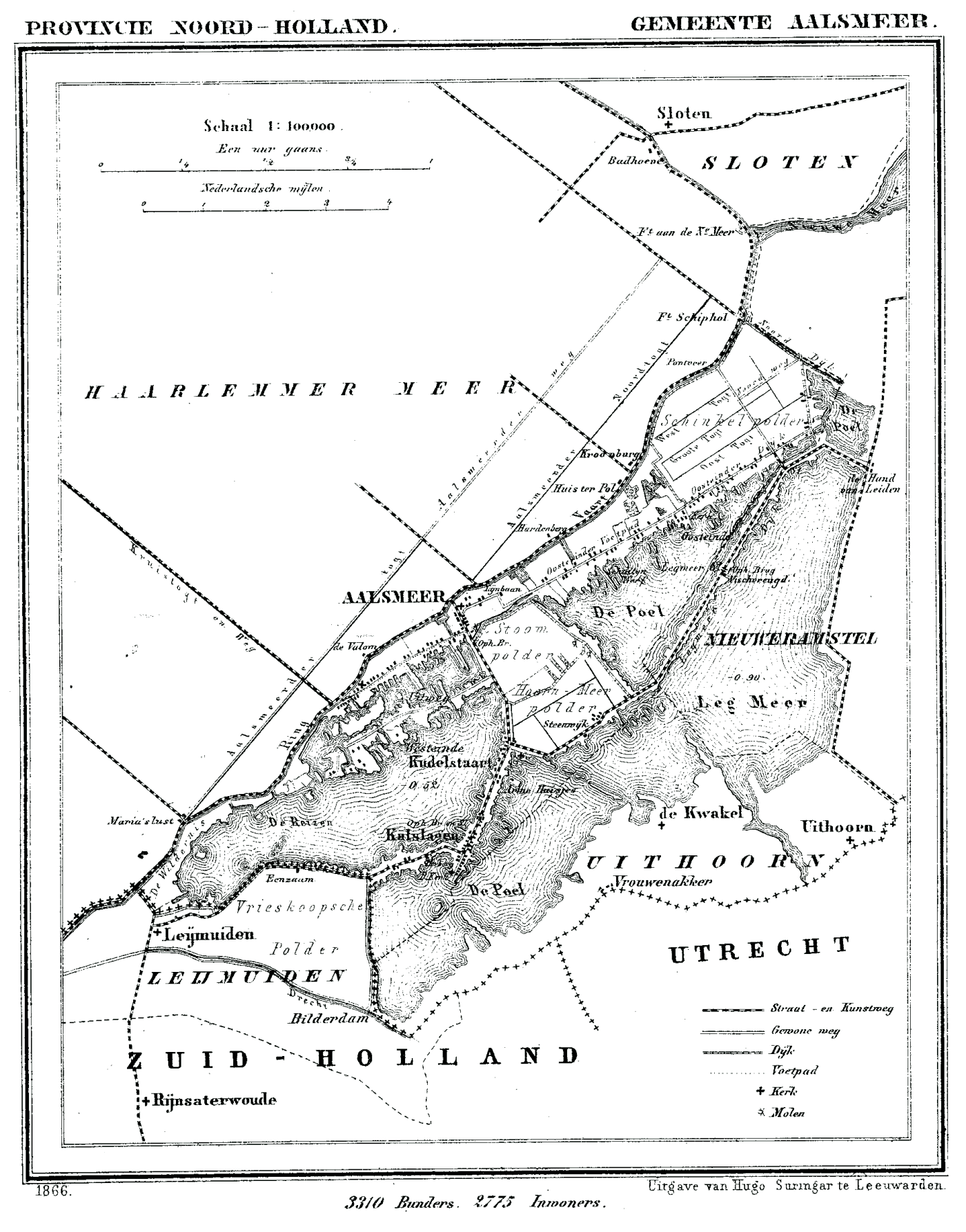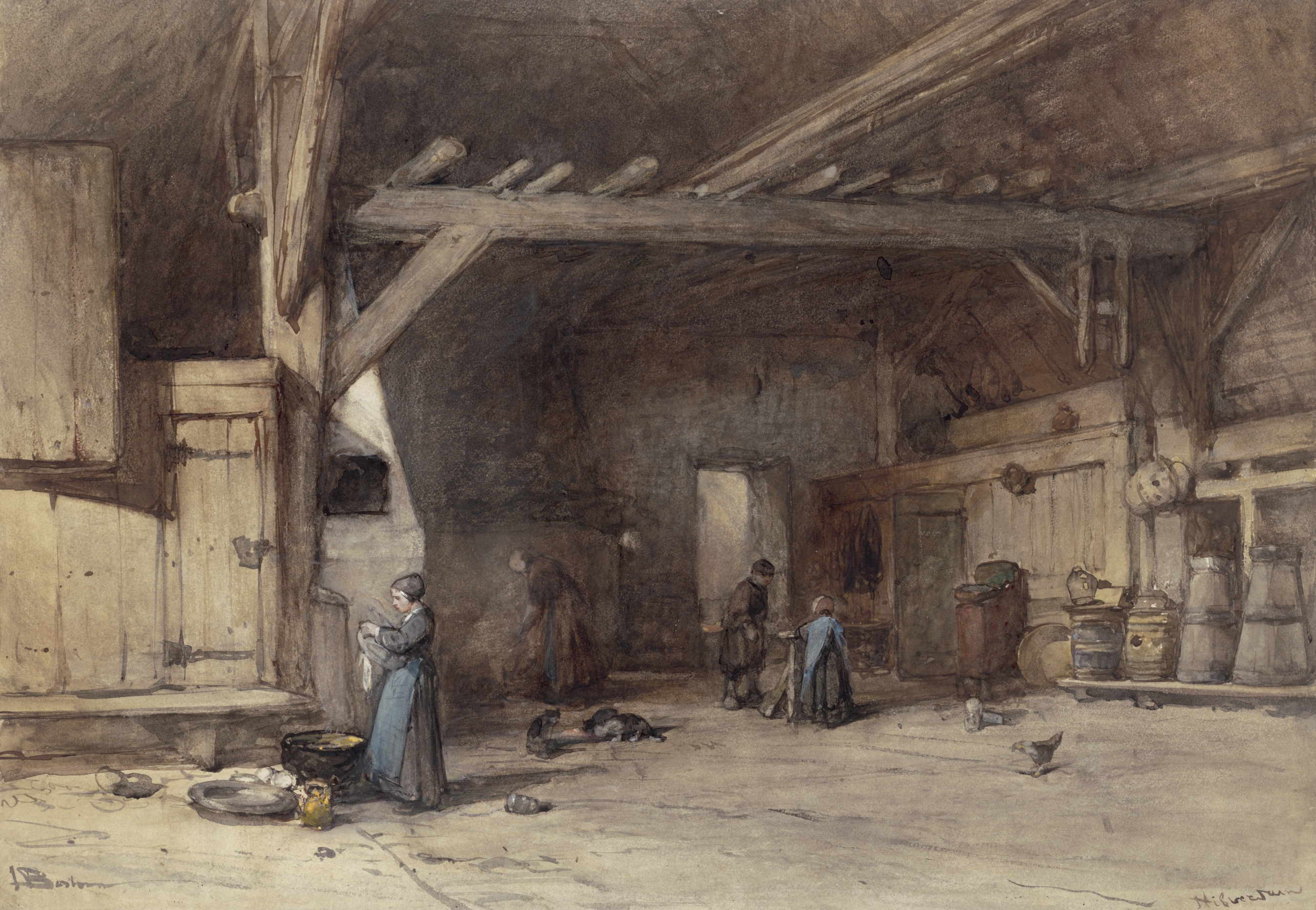|
Ada Van Keulen
Aleida Mathilde (Ada) van Keulen (13 January 1920, in Aalsmeer – 25 January 2010, in Laren, North Holland) was a Dutch woman who took part in the resistance during World War II. Van Keulen headed a boy scout group in Hilversum, the Heidepark Group, which became illegal during the war and carried out work for the resistance. She was also a courier for Hessels en Van Wilgenburg. On June 13, 1944, she was betrayed and arrested together with 27 other resistance fighters in Amsterdam. Among others, they included Jo Hessels, Hendrik van Wilgenburg, and Joukje Grandia-Smits, all of whom were imprisoned. Of the 27, only seven survived the war. She was sent to Vught concentration camp and in September 1944 deported to Ravensbrück. In October, she was transferred to Dachau, where she was employed in the Agfa-Commando. On April 30, 1945, van Keulen was freed by the Americans during the Wolfratshausen Wolfratshausen () is a town of the district of Bad Tölz-Wolfratshausen, located ... [...More Info...] [...Related Items...] OR: [Wikipedia] [Google] [Baidu] |
Aalsmeer
Aalsmeer () is a municipality and a town in the Netherlands, in the province of North Holland. Its name is derived from the Dutch for eel (''aal'') and lake (''meer''). Aalsmeer is bordered by the Westeinderplassen lake, the largest open water of the Randstad, and the Ringvaart Canal. The town is located 13 km (8 mi) southwest of Amsterdam. The town is sometimes referred to as the flower capital of the world, as the largest flower auction in the world is based in Aalsmeer, along with numerous nurseries and an experimental station for floriculture. Population centres The municipality of Aalsmeer consists of the following cities, towns, and villages: Aalsmeer, Kudelstaart, Oosteinde, as well as the hamlet Calslagen. Geology Aalsmeer is located on the border of the former Haarlem Lake. The older portion of town is built on peat, and is surrounded by polders. The polders consist of loamy soil and are below sea level. History Aalsmeer is first referenced in a document ... [...More Info...] [...Related Items...] OR: [Wikipedia] [Google] [Baidu] |
Laren, North Holland
Laren () is a town and municipality in the province of North Holland, Netherlands. Located in the Gooi region, it is the oldest town in the area. Together with its neighbor Blaricum, Laren is one of the most affluent towns in the Netherlands. Nationally, Laren is well known for its history as a late 19th-century art colony, preserved in the museum Singer Laren, its retirement home for elderly artists Rosa Spier Huis, as well as its wide array of shops. Laren is part of the Amsterdam metropolitan area, situated east of Amsterdam. Government The municipal council of Laren consists of 15 seats, which since 2014 are divided as follows: Demographics In 2007, Laren had the following demographic data: *Birth rate: 7.29 per 1,000 *Death rate: 17.94 per 1,000 *NGR: -1.07% per year In August 2017, there were 11,135 inhabitants in Laren. The municipality has a population density of 897/km2 (2,320/sq mi). Notable residents The arts * Anton Mauve (1838-1888), painter, Hague School & ... [...More Info...] [...Related Items...] OR: [Wikipedia] [Google] [Baidu] |
World War II
World War II or the Second World War, often abbreviated as WWII or WW2, was a world war that lasted from 1939 to 1945. It involved the vast majority of the world's countries—including all of the great powers—forming two opposing military alliances: the Allies and the Axis powers. World War II was a total war that directly involved more than 100 million personnel from more than 30 countries. The major participants in the war threw their entire economic, industrial, and scientific capabilities behind the war effort, blurring the distinction between civilian and military resources. Aircraft played a major role in the conflict, enabling the strategic bombing of population centres and deploying the only two nuclear weapons ever used in war. World War II was by far the deadliest conflict in human history; it resulted in 70 to 85 million fatalities, mostly among civilians. Tens of millions died due to genocides (including the Holocaust), starvation, ma ... [...More Info...] [...Related Items...] OR: [Wikipedia] [Google] [Baidu] |
Hilversum
Hilversum () is a city and municipality in the province of North Holland, Netherlands. Located in the heart of the Gooi, it is the largest urban centre in that area. It is surrounded by heathland, woods, meadows, lakes, and smaller towns. Hilversum is part of the Randstad, one of the largest conurbations in Europe, and the Amsterdam metropolitan area; it is about 22 km from the centre of Amsterdam and about 15 km from the city of Utrecht. The city is home to the headquarters, studios, and broadcast stations of several major radio, television, and newspaper companies, such as the NOS. This means that Hilversum is known for being the ''mediastad'' (media city) of the Netherlands. Town Hilversum lies south-east of Amsterdam and north of Utrecht. The town is known for its architecturally important Town Hall (Raadhuis Hilversum), designed by Willem Marinus Dudok and built in 1931. Hilversum has one public library, two swimming pools (Van Hellemond Sport and De Lieberg), a numbe ... [...More Info...] [...Related Items...] OR: [Wikipedia] [Google] [Baidu] |
Amsterdam
Amsterdam ( , , , lit. ''The Dam on the River Amstel'') is the Capital of the Netherlands, capital and Municipalities of the Netherlands, most populous city of the Netherlands, with The Hague being the seat of government. It has a population of 907,976 within the city proper, 1,558,755 in the City Region of Amsterdam, urban area and 2,480,394 in the Amsterdam metropolitan area, metropolitan area. Located in the Provinces of the Netherlands, Dutch province of North Holland, Amsterdam is colloquially referred to as the "Venice of the North", for its large number of canals, now designated a World Heritage Site, UNESCO World Heritage Site. Amsterdam was founded at the mouth of the Amstel River that was dammed to control flooding; the city's name derives from the Amstel dam. Originally a small fishing village in the late 12th century, Amsterdam became a major world port during the Dutch Golden Age of the 17th century, when the Netherlands was an economic powerhouse. Amsterdam is th ... [...More Info...] [...Related Items...] OR: [Wikipedia] [Google] [Baidu] |
Vught Concentration Camp
, , german: Konzentrationslager Herzogenbusch , location map = Netherlands , map alt = , map caption = Location of the camp in the Netherlands , coordinates = , known for = , location = Vught, Netherlands , built by = Nazi Germany , operated by = SS , commandant = , construction = 1942 , in operation = January 194326 October 1944 , prisoner type = Jews, Gypsies political prisoners , killed = 749 , liberated by = 51st Highland Division , notable inmates = Anton Constandse, Helga Deen, David Koker , notable books = , website = Herzogenbusch (, Dutch: Kamp Vught) was a Nazi concentration camp located in Vught near the town of 's-Hertogenbosch, Netherlands. The camp was opened in 1943 and held 31,000 prisoners. 749 prisoners died in the camp, and the others were transferred to other camps shortly before Herzogenbusch was liberated by the Allied Forces in 1944. After the war, the camp was used as ... [...More Info...] [...Related Items...] OR: [Wikipedia] [Google] [Baidu] |
Ravensbrück Concentration Camp
Ravensbrück () was a German concentration camp exclusively for women from 1939 to 1945, located in northern Germany, north of Berlin at a site near the village of Ravensbrück (part of Fürstenberg/Havel). The camp memorial's estimated figure of 132,000 women who were in the camp during the war includes about 48,500 from Poland, 28,000 from the Soviet Union, almost 24,000 from Germany and Austria, nearly 8,000 from France, and thousands from other countries including a few from the United Kingdom and the United States. More than 20,000 of the total were Jewish, approximately 15%. 85% were from other races and cultures. More than 80% were political prisoners. Many prisoners were employed as slave labor by Siemens & Halske. From 1942 to 1945, the Nazis undertook medical experiments to test the effectiveness of sulfonamides. In the spring of 1941, the SS established a small adjacent camp for male inmates, who built and managed the camp's gas chambers in 1944. Of some 130,000 fem ... [...More Info...] [...Related Items...] OR: [Wikipedia] [Google] [Baidu] |
Dachau Concentration Camp
, , commandant = List of commandants , known for = , location = Upper Bavaria, Southern Germany , built by = Germany , operated by = ''Schutzstaffel'' (SS) , original use = Political prison , construction = , in operation = March 1933 – April 1945 , gas chambers = , prisoner type = Political prisoners, Poles, Romani, Jews, homosexuals, Jehovah's Witnesses, Catholic priests, Communists , inmates = Over 188,000 (estimated) , killed = 41,500 (per Dachau website) , liberated by = U.S. Army , notable inmates = , notable books = , website = Dachau () was the first concentration camp built by Nazi Germany, opening on 22 March 1933. The camp was initially intended to intern Hitler's political opponents which consisted of: communists, social democrats, and other dissidents. It is located on the grounds of an abandoned munitions factory northeast of the medieval town of Dachau, about northwest o ... [...More Info...] [...Related Items...] OR: [Wikipedia] [Google] [Baidu] |
Agfa-Commando
Agfa-Commando is the widely used name for the München-Giesing - Agfa Kamerawerke satellite camp of the Dachau concentration camp. By October 1944, the camp housed about five hundred women. They were used as slave laborers in the Agfa camera factory (part of the IG Farben group) in München-Giesing, a suburb on the S.W. side of Munich 14 miles (23 km) from the main camp of Dachau. The women assembled ignition timing devices for bombs, artillery ammunition and V-1 and V-2 rockets; they used every opportunity to sabotage the production. In January 1945, citing the lack of food, the prisoners conducted a strike, an unheard-of action in a concentration camp. Production ended on 23 April 1945 and the women marched toward Wolfratshausen, where their commander eventually surrendered to advancing American troops. Creation of subcamps Dachau was the first concentration camp (known as a "KZ") that Reichsführer-SS Himmler had built. It was already in existence in 1933 and develo ... [...More Info...] [...Related Items...] OR: [Wikipedia] [Google] [Baidu] |
Wolfratshausen
Wolfratshausen () is a town of the district of Bad Tölz-Wolfratshausen, located in Bavaria, Germany. The town had a population of 19,033 as of 31 December 2019. History The first mention of "Wolveradeshusun" appears in documents from the year 1003. About 100 years later, Otto II, the Graf of Deißen-Andechs, built a castle on a hill overlooking the valley. The castle was destroyed on 7 April 1734 when lightning struck the tower where gunpowder was stored. Stones from the ruins were transported to Munich where they were used to build the Residenz. From 1280 the town was designated a market town. In 1286, Conrad Nantwein, a pilgrim from Northern Germany, was arrested and burned at the stake in Wolfratshausen. Pope Boniface VIII canonized Nantwein as St. Nantovinus in 1297. By the 15th century, the Loisach and Isar rivers were used for water transport, especially logging. River travel continued and rafts operated between Wolfratshausen and Munich. During World War II, a force ... [...More Info...] [...Related Items...] OR: [Wikipedia] [Google] [Baidu] |




.jpg)



